Balitraveldiary.com – The majority of the population of Bali is Hindu with a place of worship in the form of a temple. The place of worship was built based on various backgrounds and functions. That is why, Bali is also known as the Island of a Thousand Temples. At each of these temples, various worship ceremonies are routinely held. One of them is the Piodalan or Odalan ceremony.
Definition of Piodalan
The word Piodalan has the meaning of being born or leaving. The origin of the word is wedal. So, this ceremony is a form of yadnya, or a sincere sacrifice to Ida Sang Hyang Widhi which is held on the day the temple is born. That is, every temple will have a day that is commemorated as the time to carry out piodalan. This also applies to temples outside Bali.
There are two ways to determine the Piodalan day, namely using the wuku calculation, which means this ceremony is carried out twice a year. The second count is sasih, so the ceremony is only done once a year. Usually, warnings are carried out on a scale according to ability. There are several levels of Piodalan, namely contempt, middle, and major.
Types of Piodalan
There are two types of ceremonies held to commemorate the birthday of this temple. This type is carried out by adjusting the fall of good days in the calculation of the timing of the implementation of the piodalan. In addition, it is also based on the scale of implementation. For more details will be discussed below.
1. Types of Piodalan Alit
The implementation of the Piodalan Alit type of ceremony is carried out by Hindus at a small temple. Generally, this religious ritual is carried out in a simple manner. The implementation time is once in six months. More precisely, within 210 days the ceremony will be held.
The concept of calculating this time is based on a cycle of the number of days, which is seven, and wuku, which is 30. Referring to this calculation, the Piodalan procession will be carried out on the best days in that time period. At that time, the community began to perform the piodalan ceremony sequence at the temple.
Usually, in the yard of the house of the Hindu community there is a building for worship. The building is known as the merajan. So, it can be said, merajan is a sacred place used by a family in worshiping God, gods, and ancestors. The piodalan ceremony in merajan belongs to the Odalan Alit ritual type.
2. Types of Great Piodalan
As the name implies, this is a type of piodalan procession carried out at a larger temple. This religious ritual is carried out on a larger and festive scale. Usually, Hindus attend the temple once a year. This is because the calculation of the determination of the day is based on the sasih method.
At the time of this great piodalan, not only Hindus around the temple came and followed the process. People in the area who are outside their hometowns are also usually present to participate in the series of ceremonies. Everyone is involved and contributes to pioneering success.
The implementation of this Piodalan will be determined based on the occurrence of the full moon in certain months. Among them are Punamaning Sasih Kapat (fourth month), Purmanisng Sasih Kalima (fifth month). Furthermore, the Purnamaning Sasih Kadasa (the tenth month) and the Purnamaning Sasih Jyesta (the eleventh month).
Some of the Facilities Used in the Implementation of Piodalan
At a Piodalan ceremony, there are several means used in performing the ritual. There are various types of facilities prepared by the Hindus at the temple in mutual cooperation. All levels of society around it. The following will discuss some of the means of supporting the Piodalan ritual.
1. Banten
Usually, this offering is also called a guardian which in terms has a meaning back. The purpose of this offering is to return what has been bestowed by Sang Hyang Widhi in the form of offerings. This is a manifestation of the people’s gratitude for what they have enjoyed.
In compiling this offering, it cannot be arbitrary, but with certain rules, components, and arrangements. The purpose is as a tribute to Lord Agni, Lord Shiva, and Lord Vishnu. The choice of color components in this offering is also adjusted to the symbol of worship of the god.
2. Padmasana
Padmasana is a chair that looks like a lotus flower. This chair is placed in the middle of the temple hall as the main place. The purpose of the existence of this chair is as a throne for Sang Hyang Widhi Wasa.
3. Beji and Wantila
Beji is a sacred garden that aims to be a place of purification for Ida Bhatara prior to the commemoration of this temple. The wantila is a building that is used by the community when working together to make preparations before the ceremony.
In addition, of course, there are many more facilities that must be prepared by Hindus before doing Piodalan. All the facilities are prepared with pleasure and in an atmosphere of close kinship. Gotong royong has become a culture in Balinese society.
Through the explanation above, we can begin to get to know a little about the Piodalan ceremony procession carried out at the temple by Hindus. Tourists can watch the ceremony at several temples. One of them is Tanah Lot Temple. The enthusiasm of tourists in witnessing the sacred ceremony was seen.
source : Kintamani.id

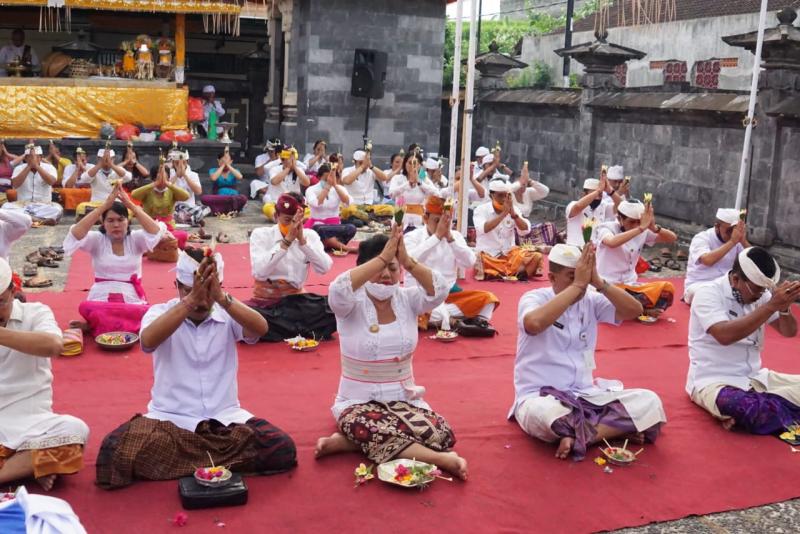



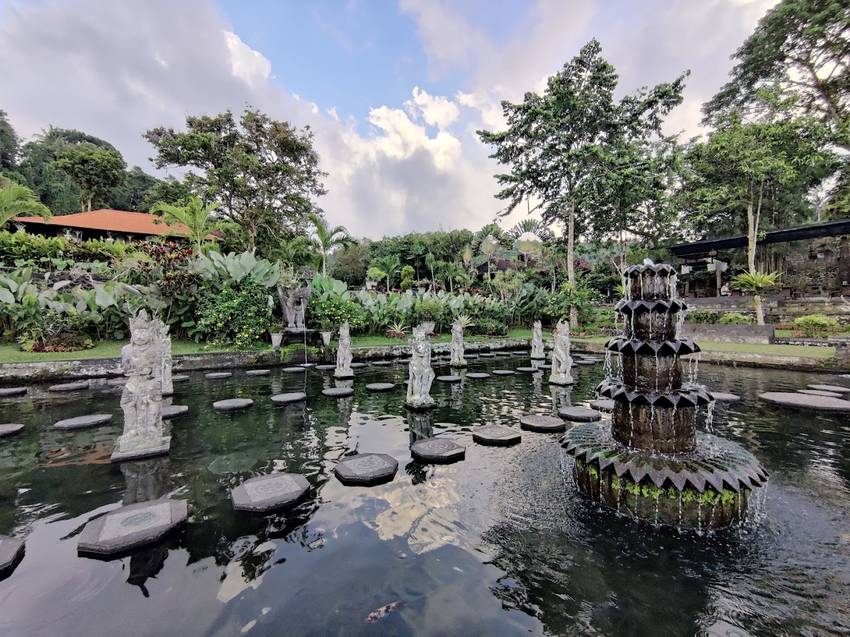








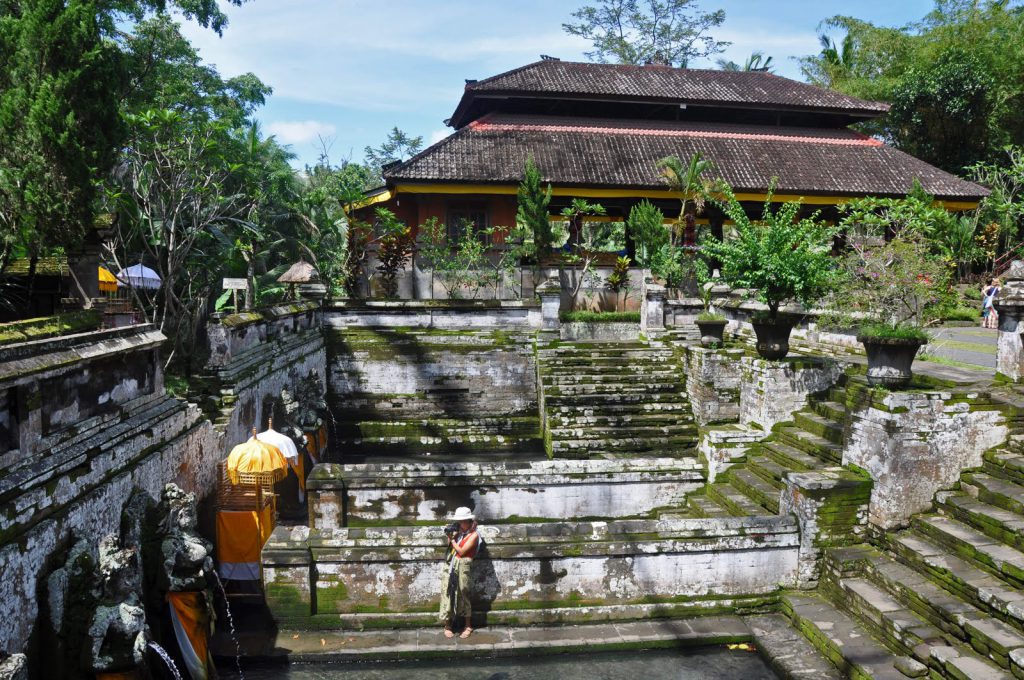








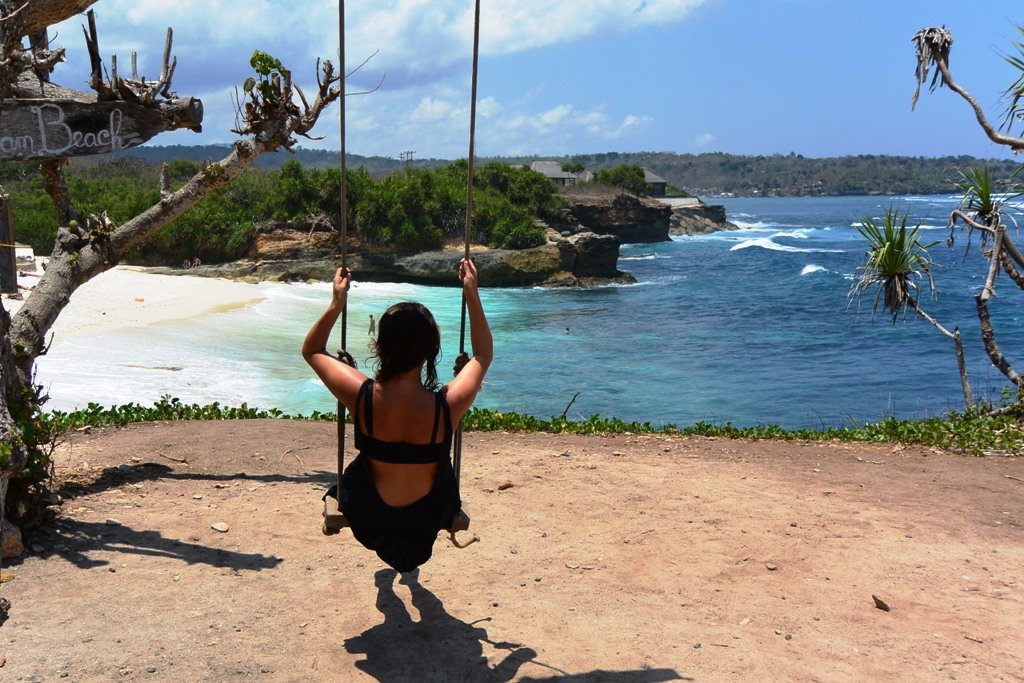







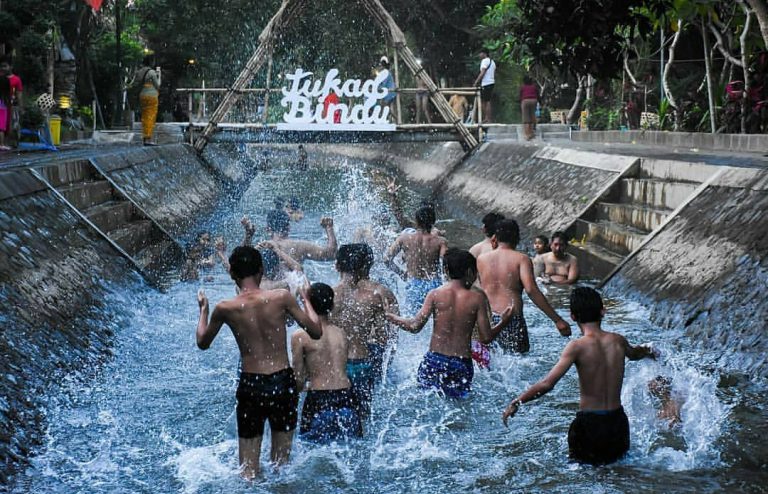






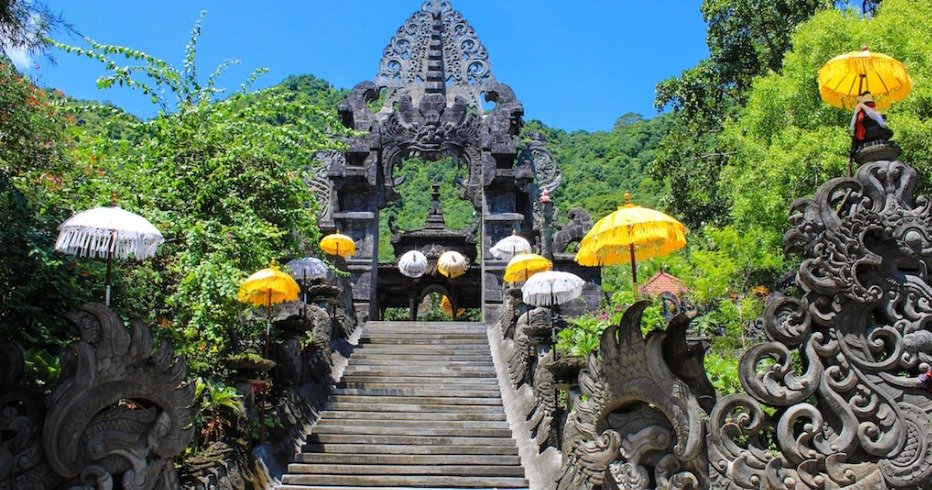

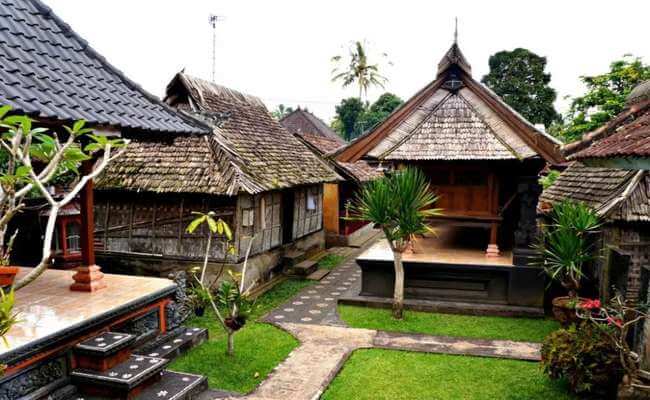

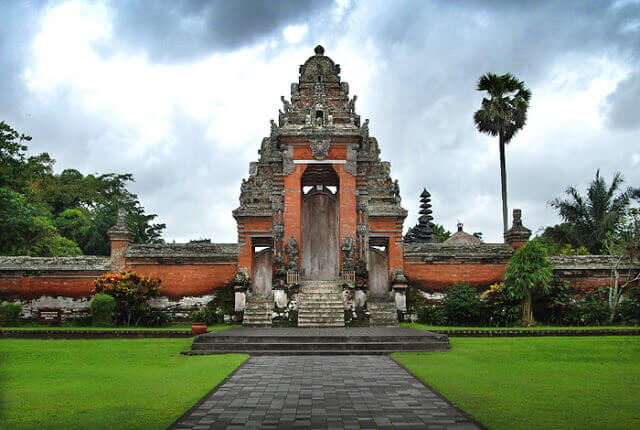
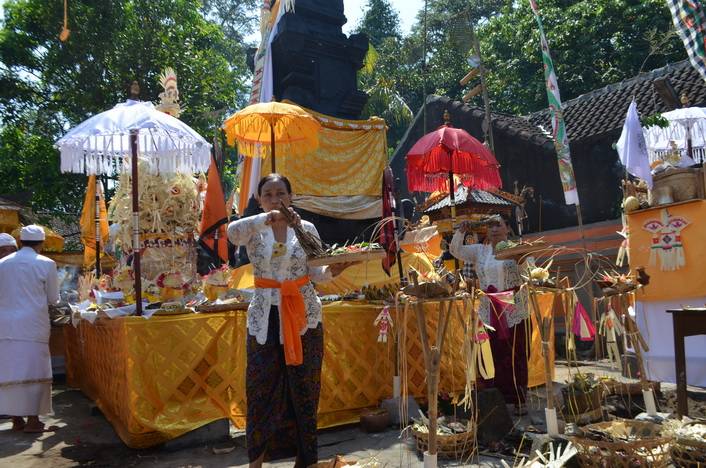








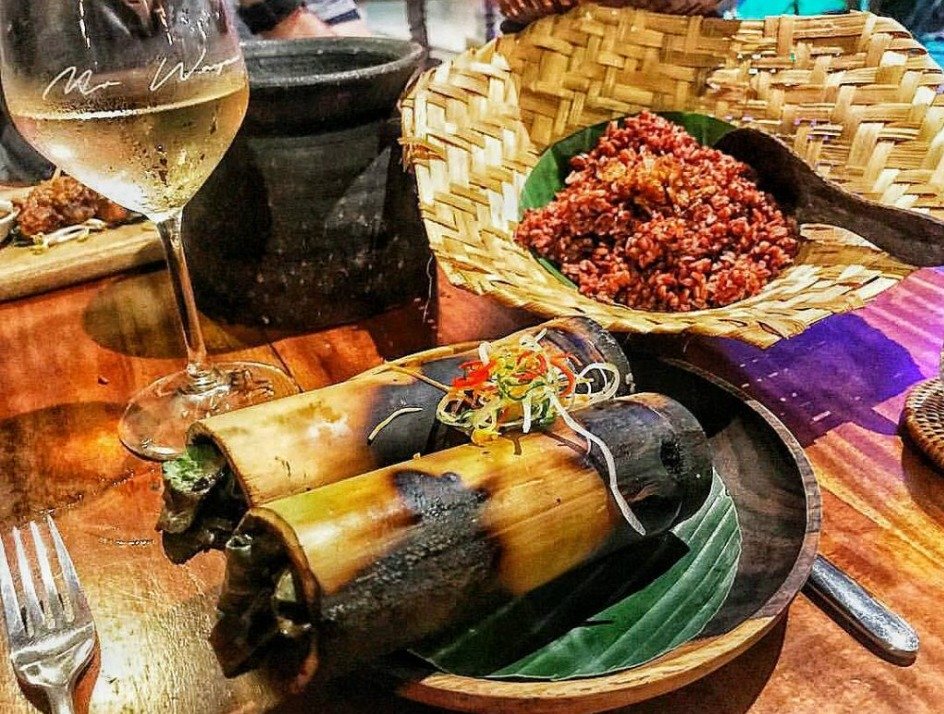









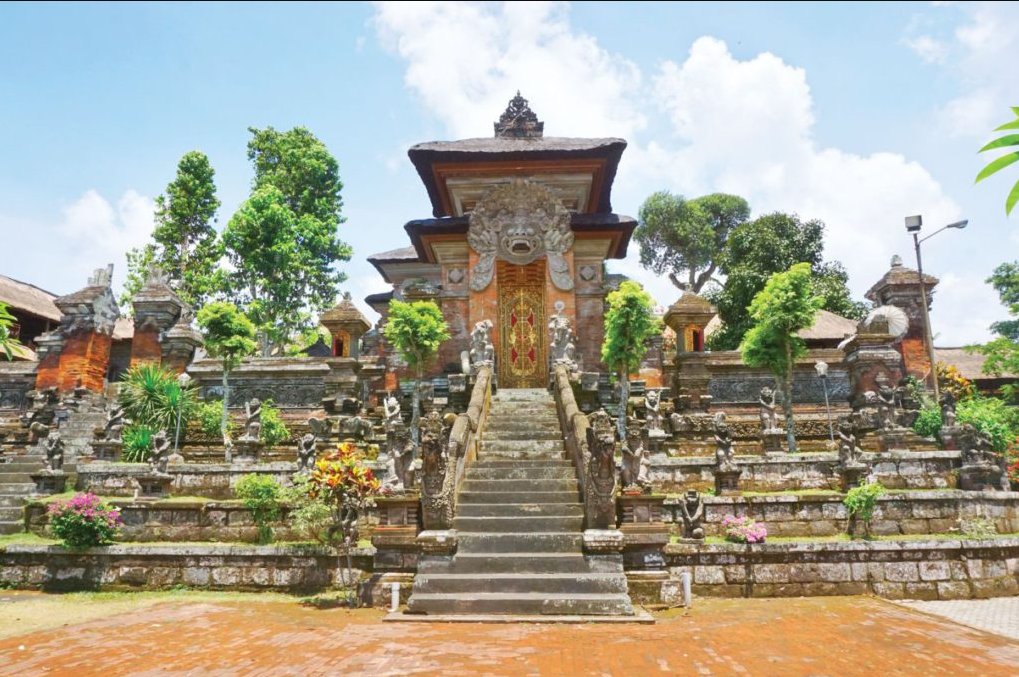


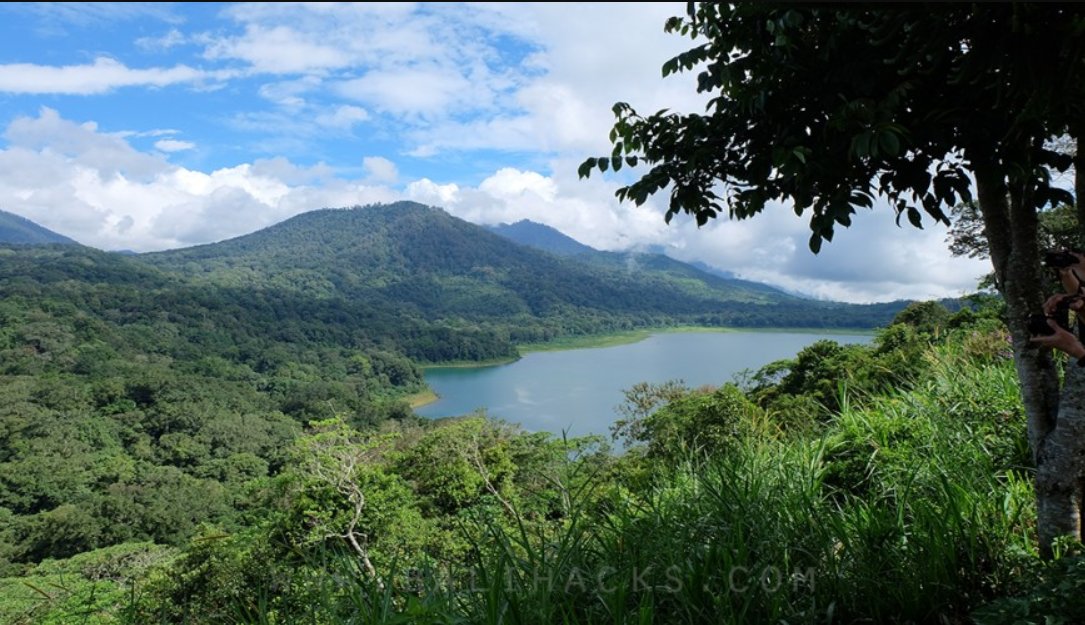



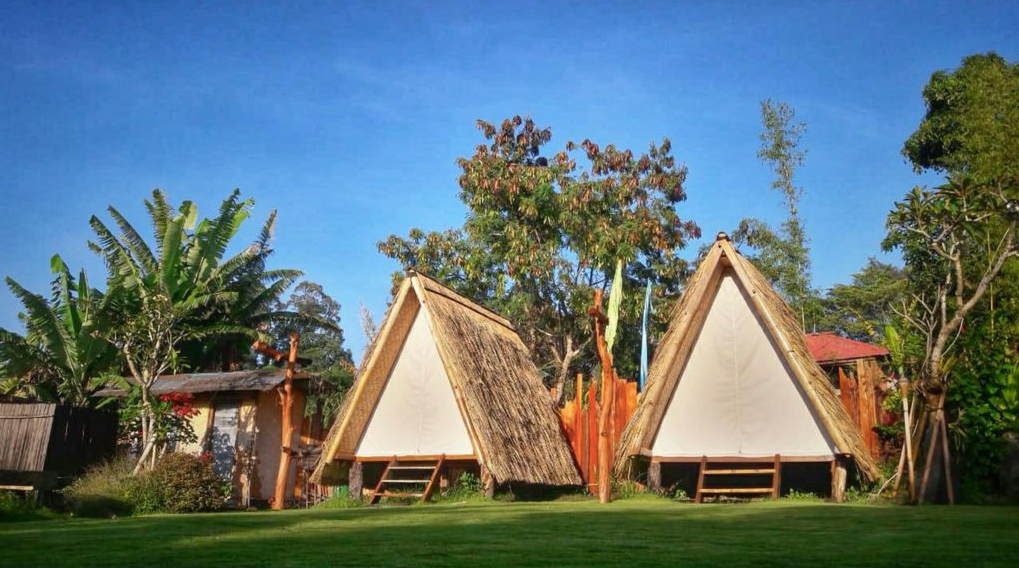











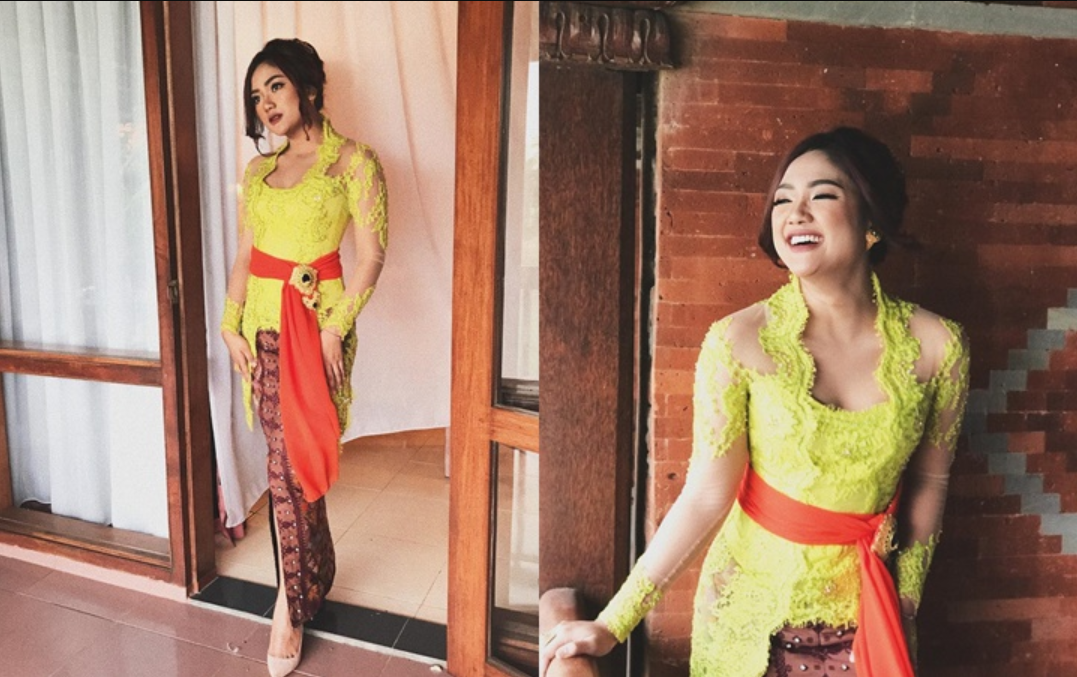
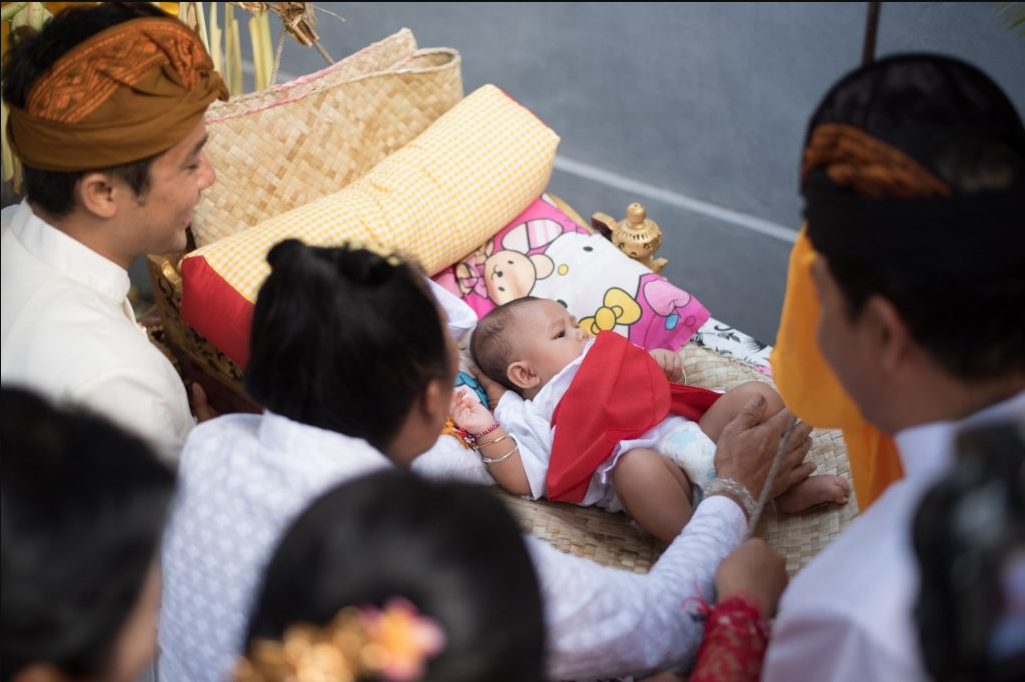






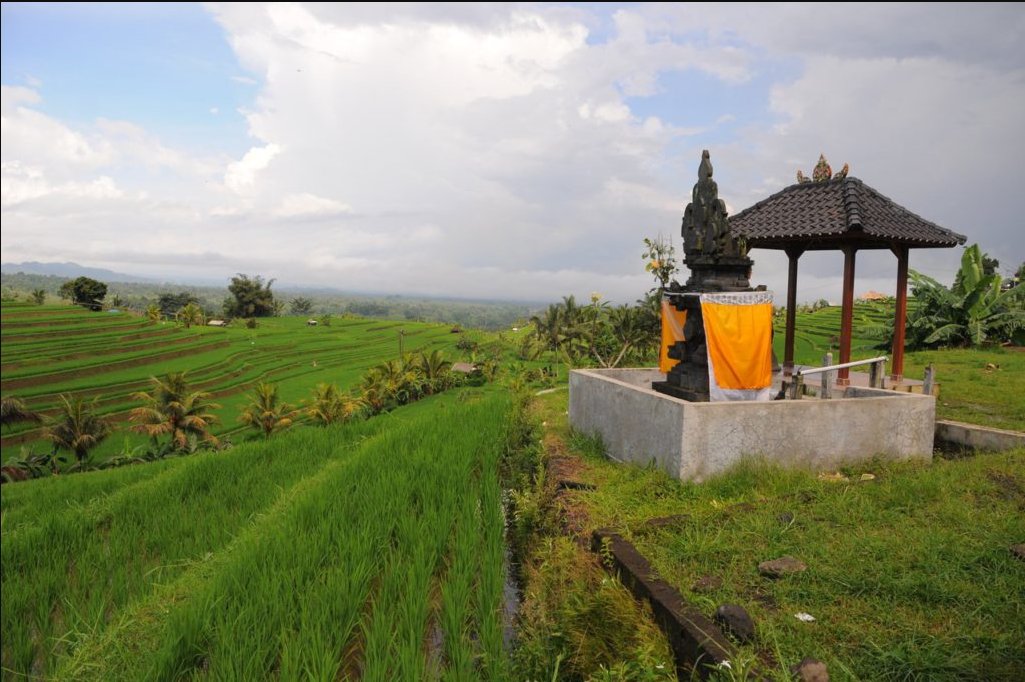

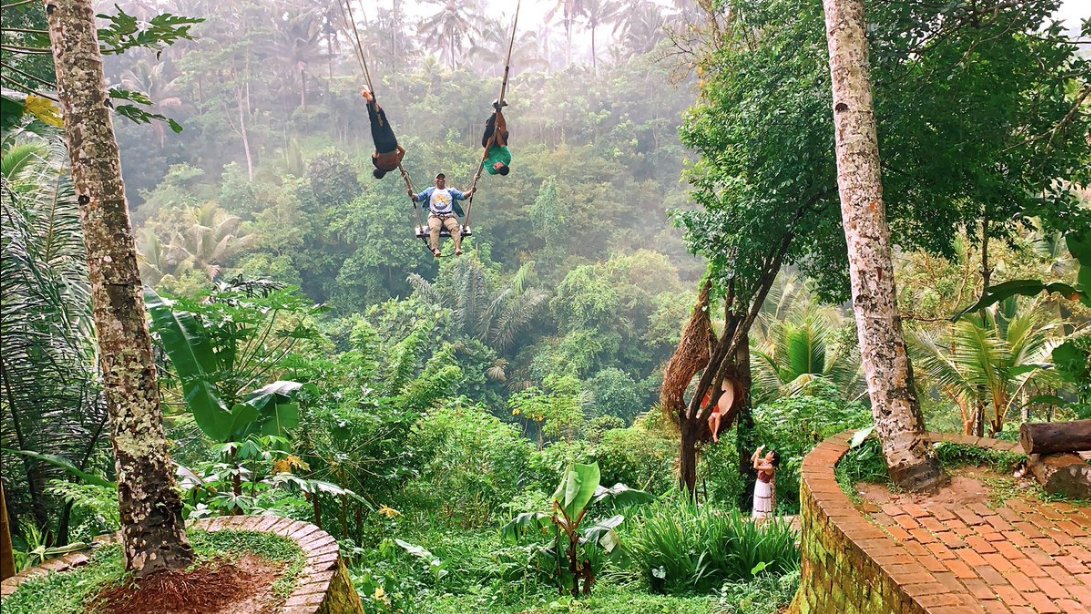

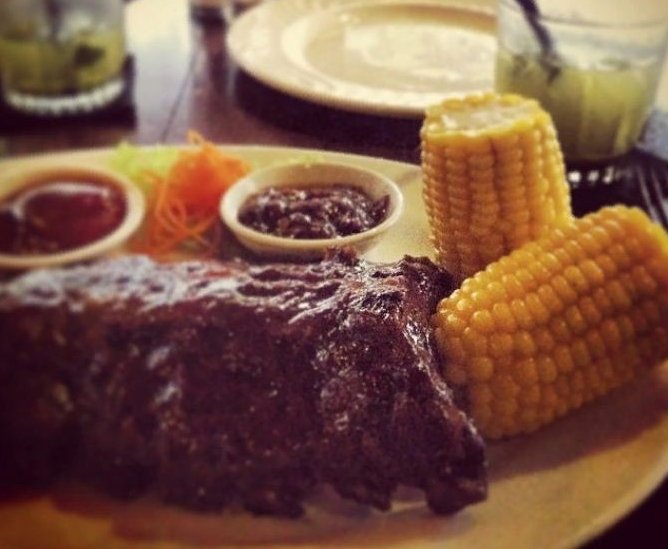























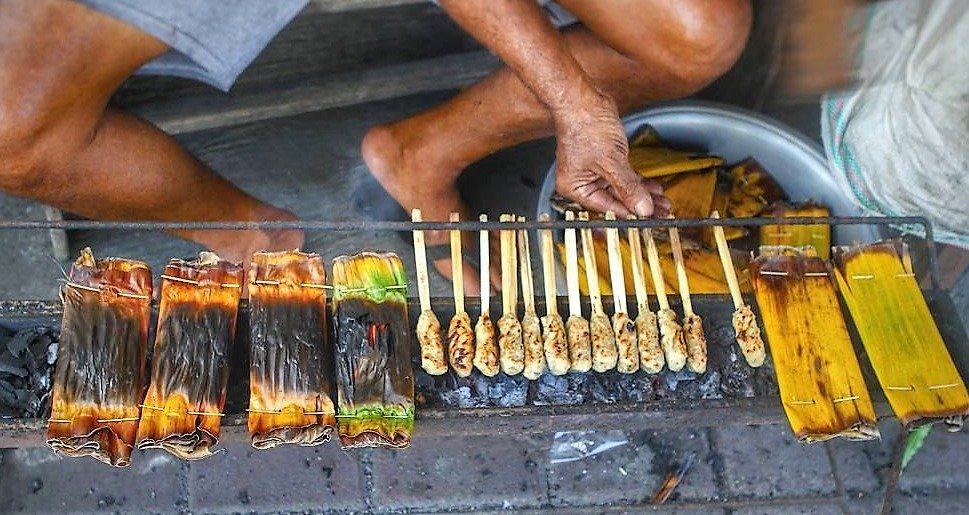











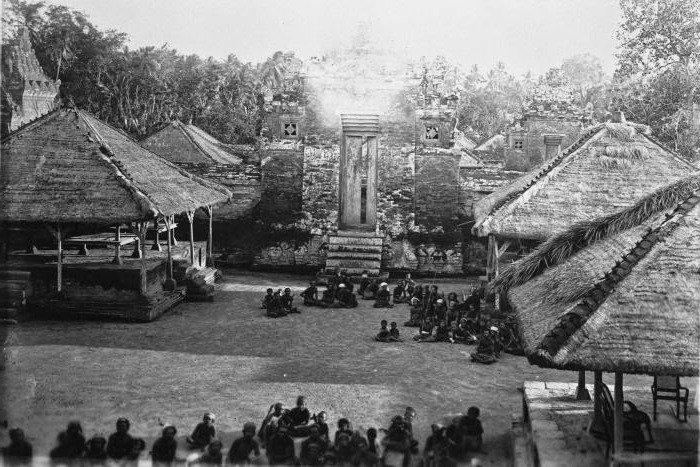
















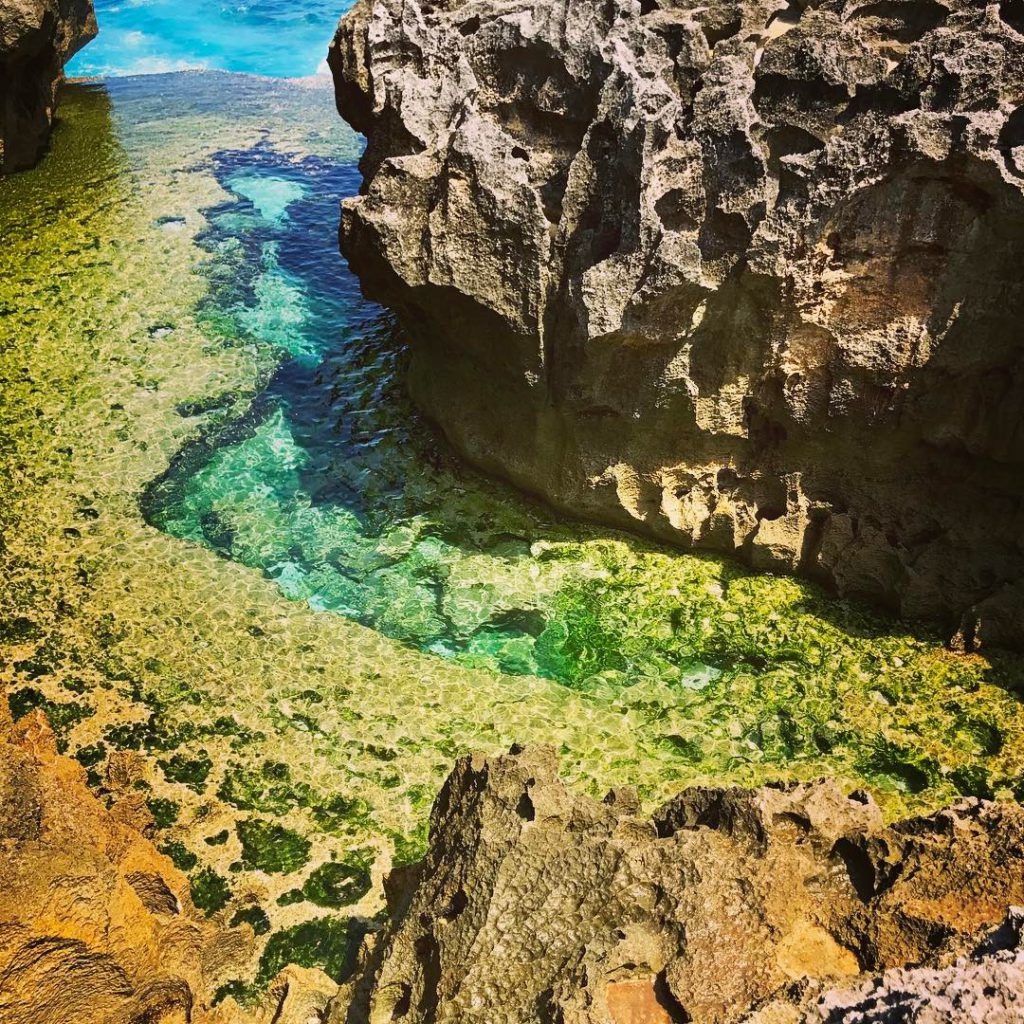










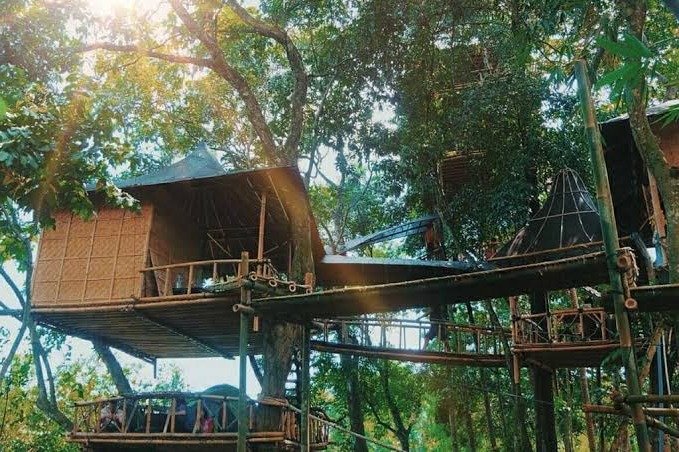









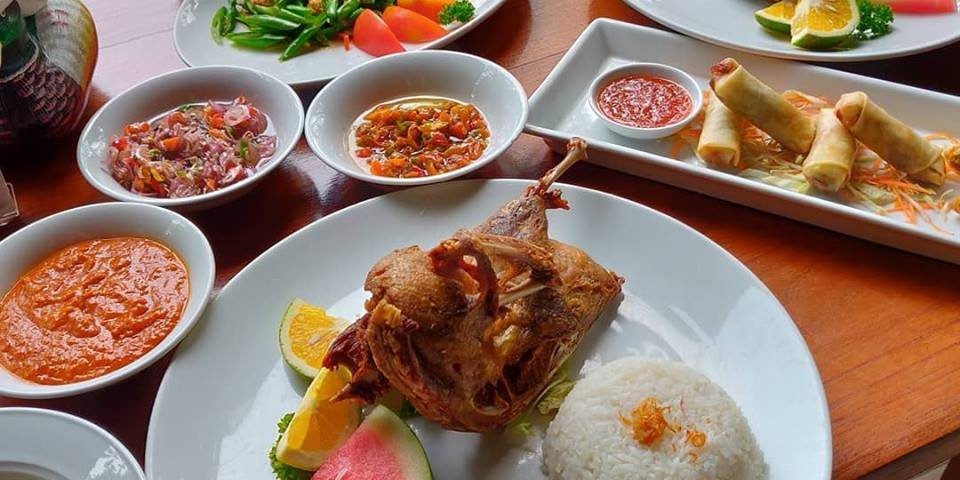



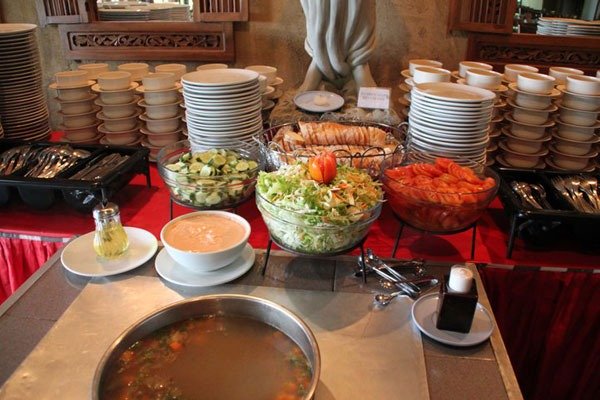












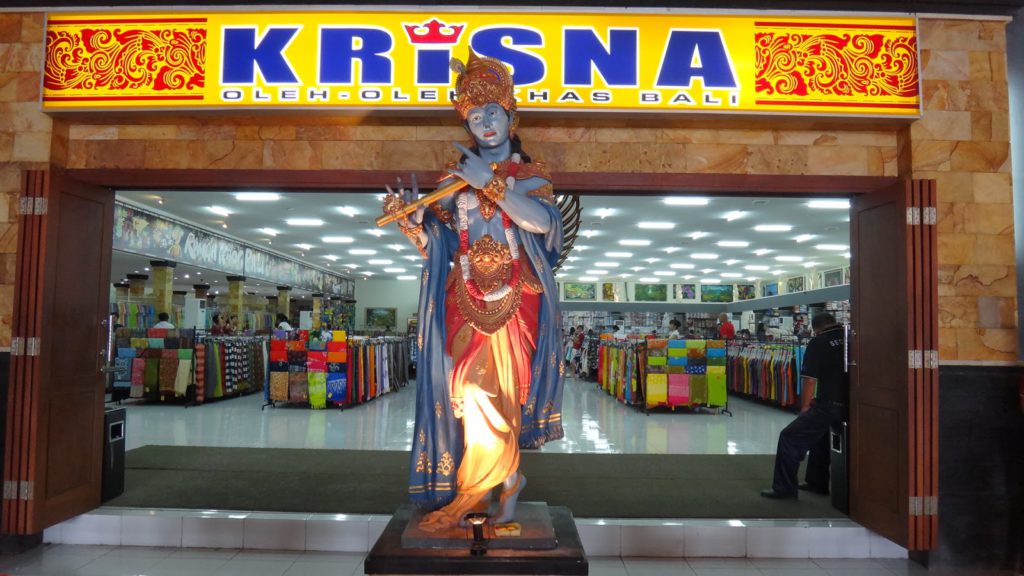





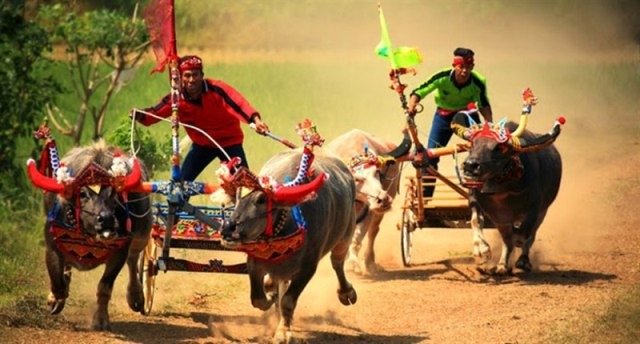


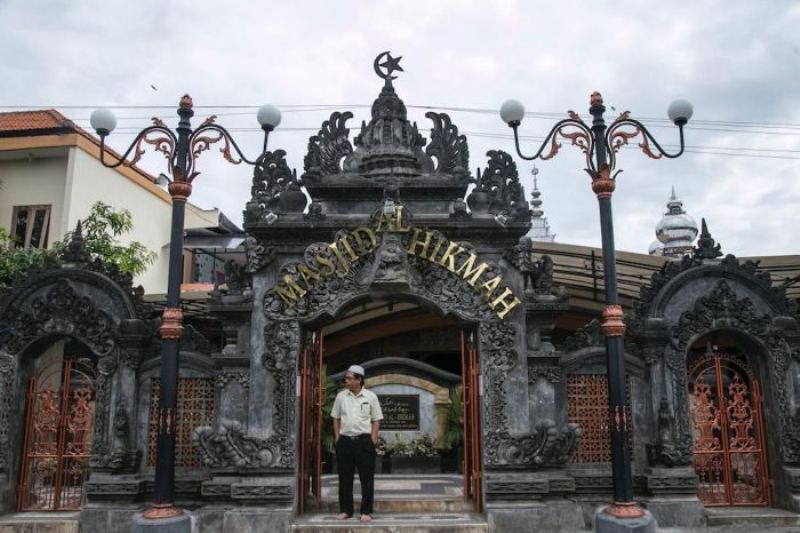
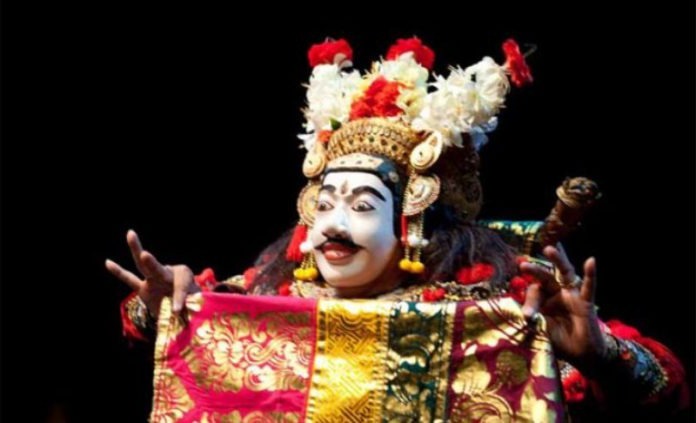








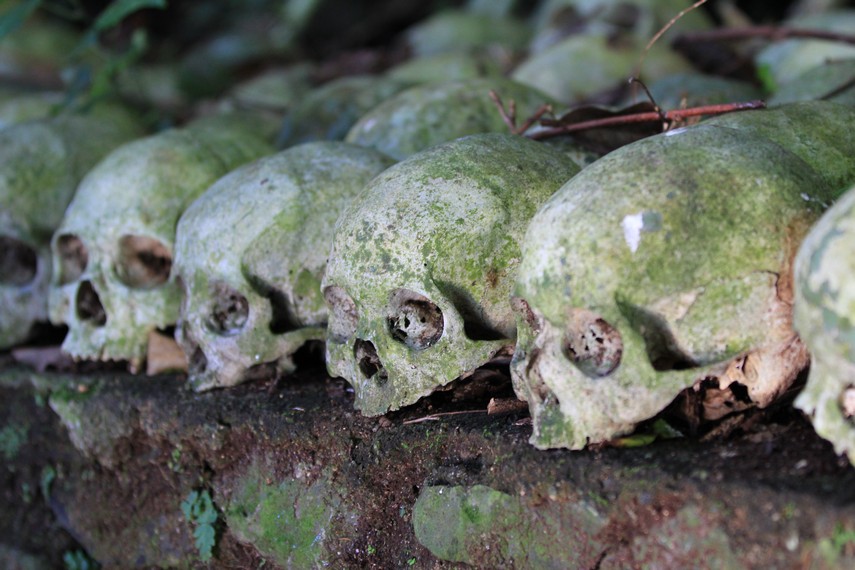


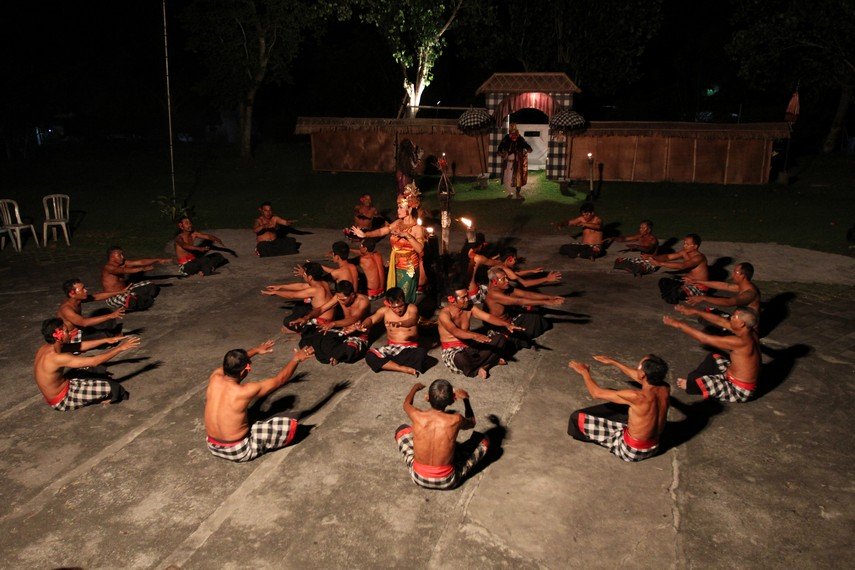


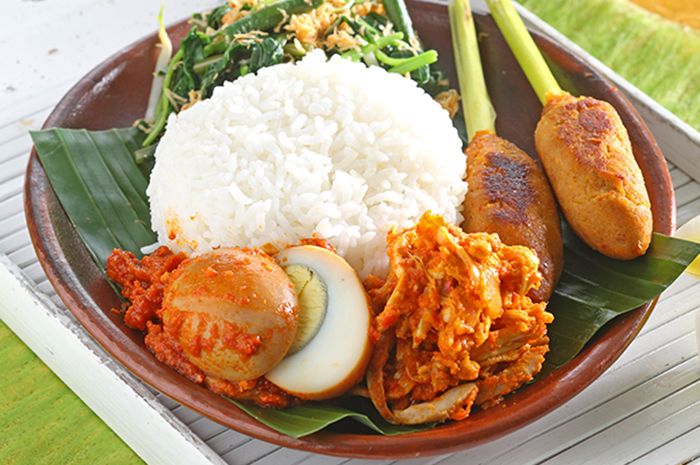




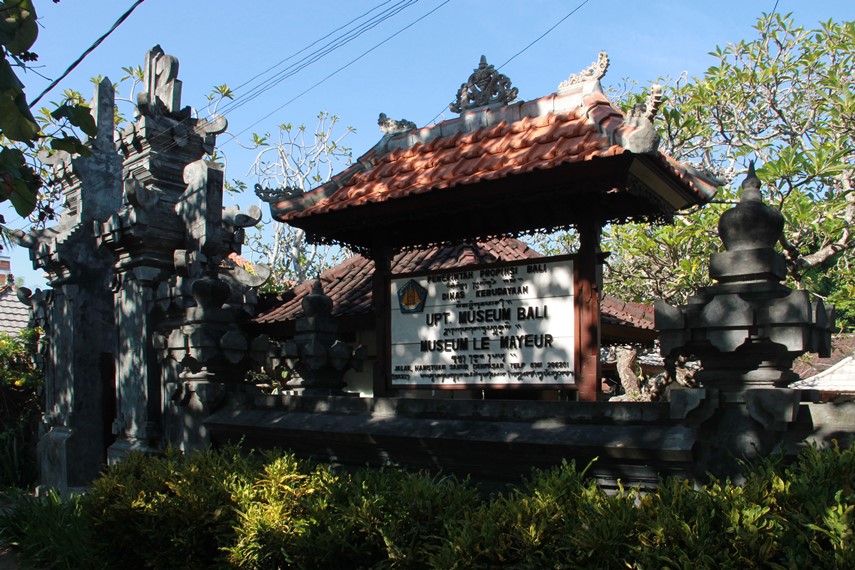

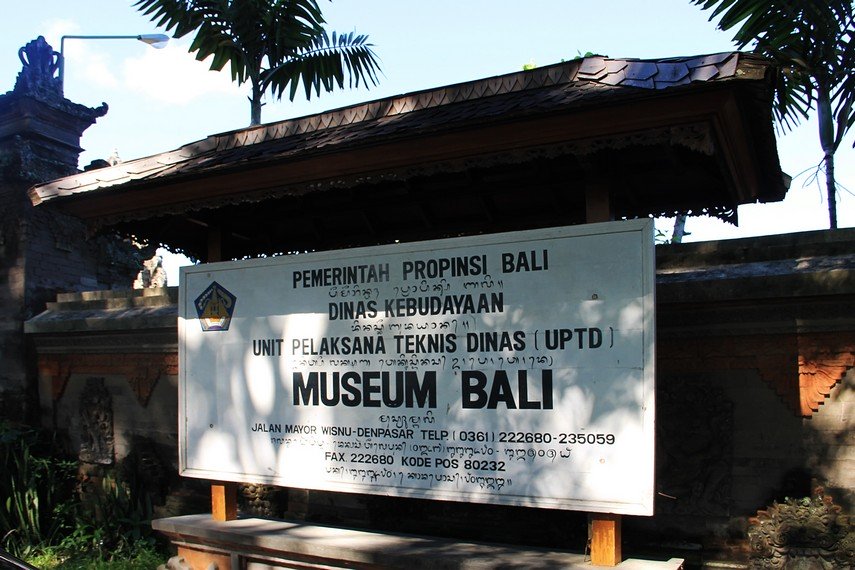
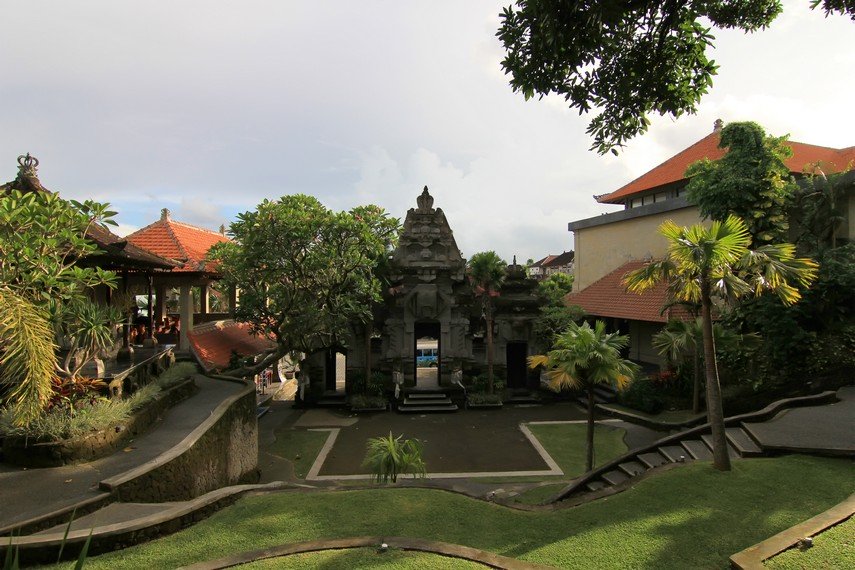



















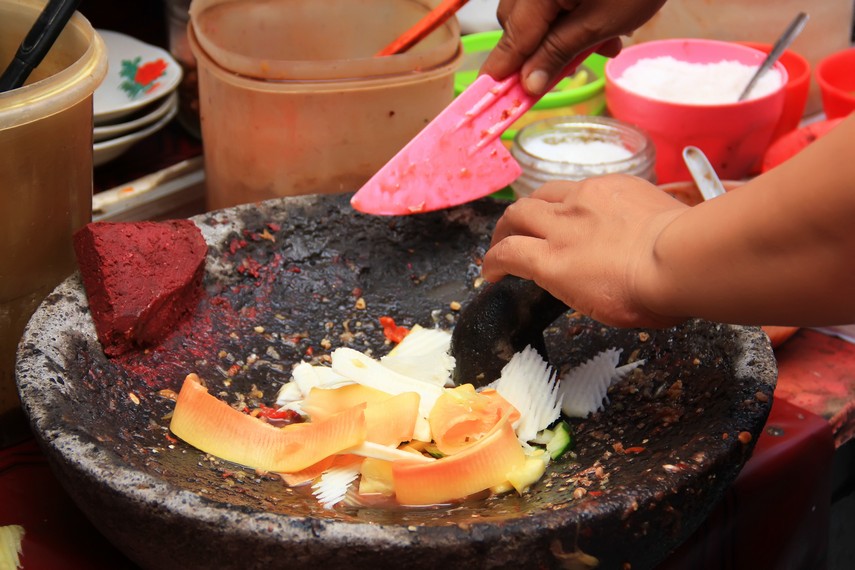


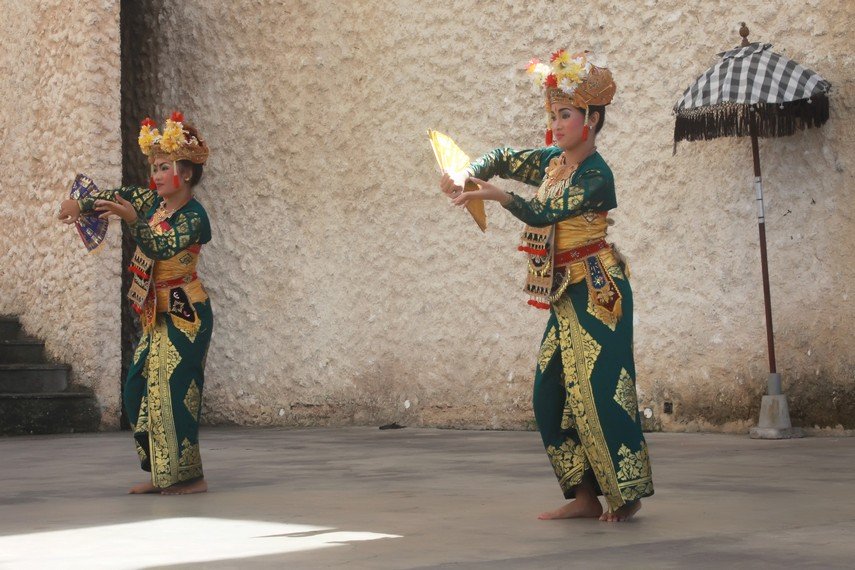



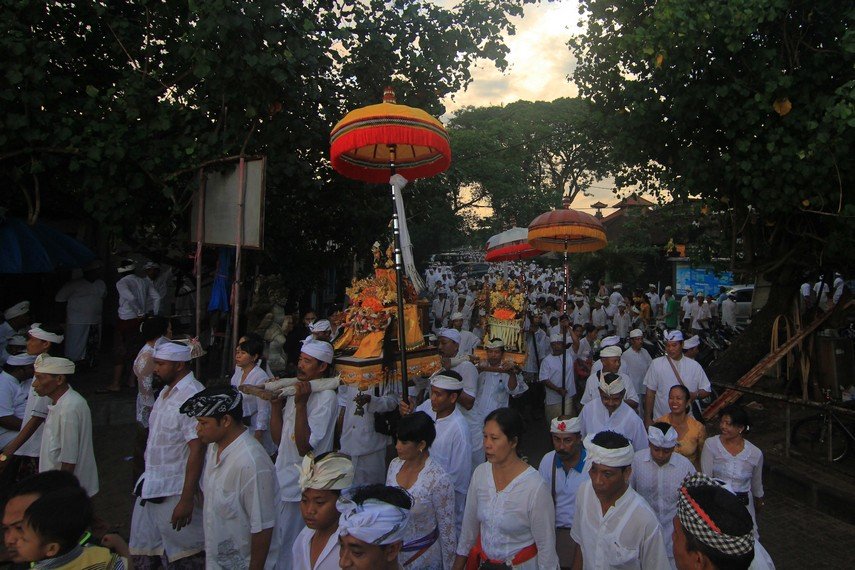

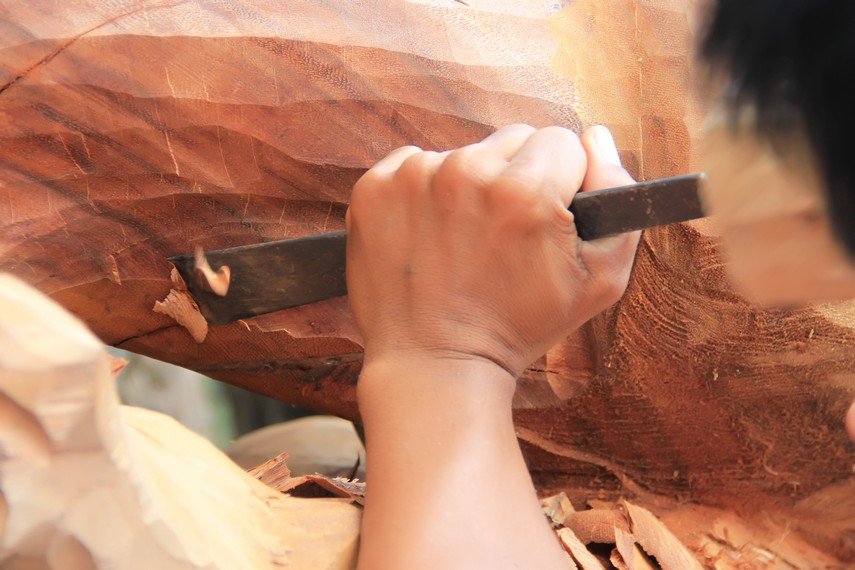


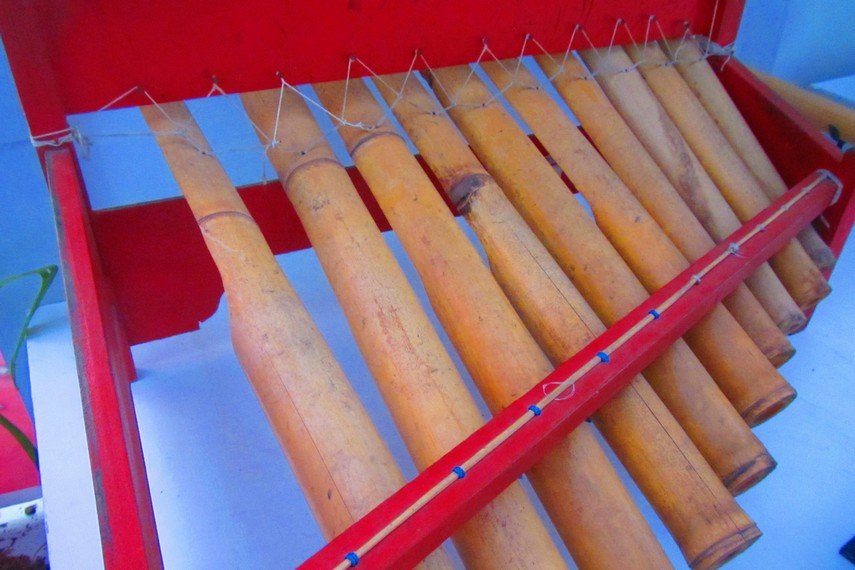






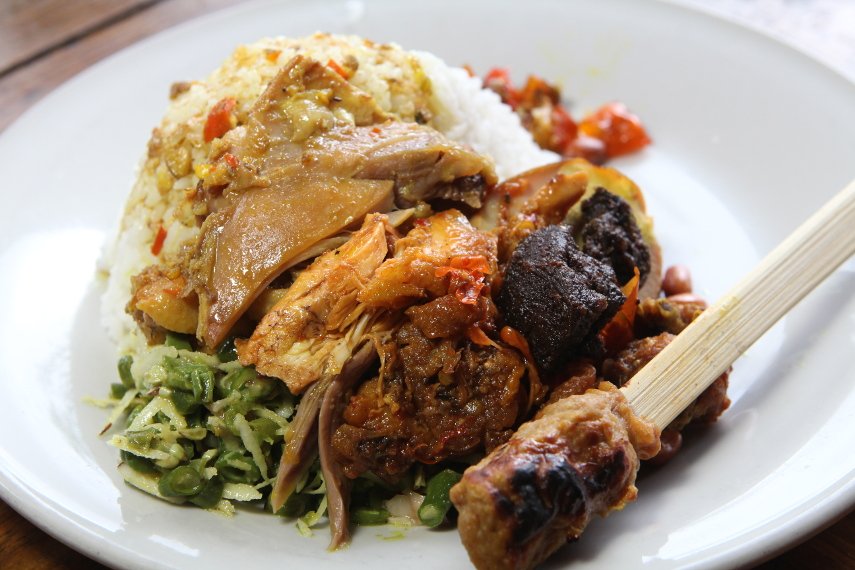
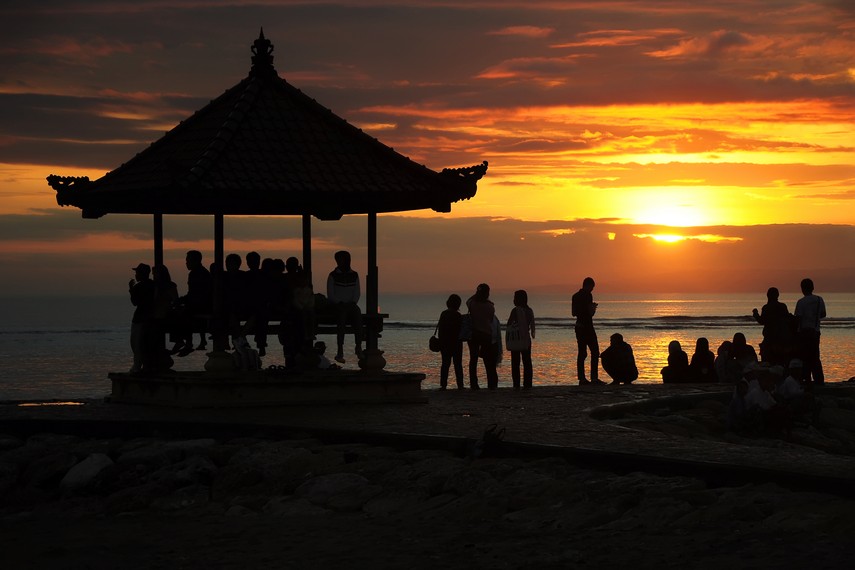
0